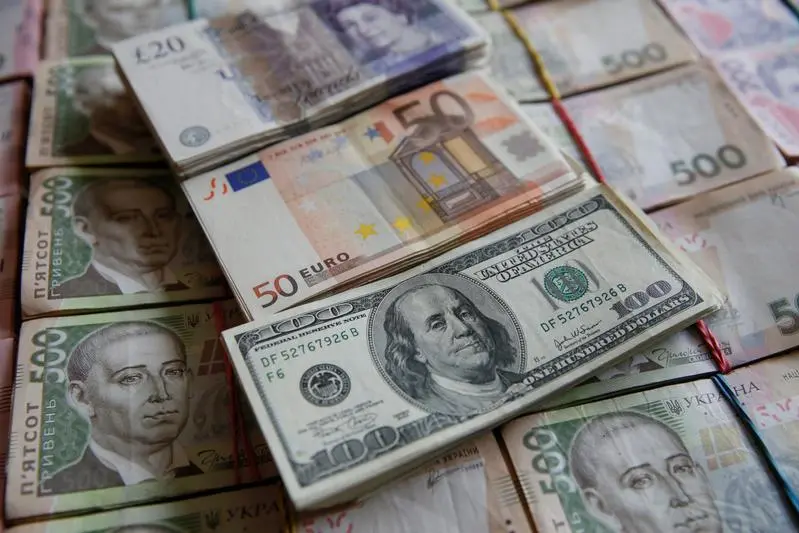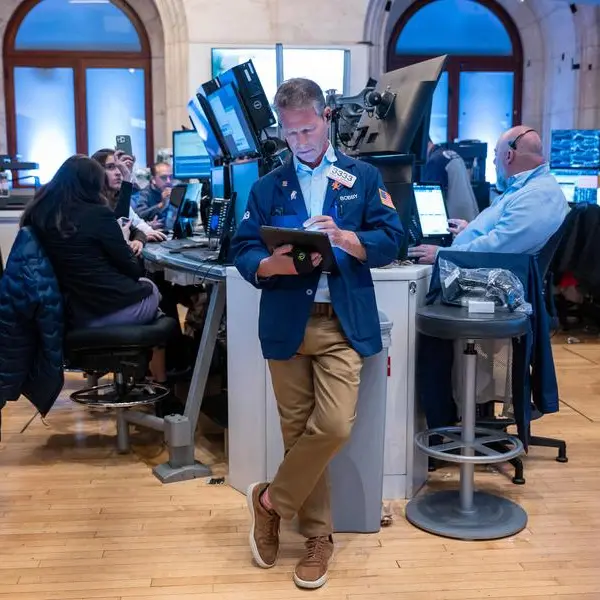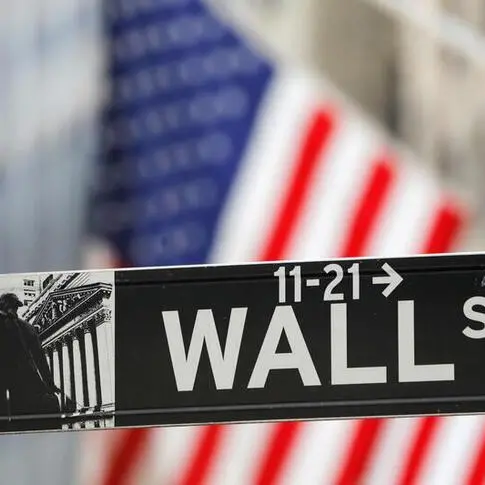PHOTO
SINGAPORE: The U.S. dollar rose while the Japanese yen held onto its gains on Wednesday, after U.S. tech stocks sold off and a leading coronavirus vaccine candidate faced delay.
An index compiled by Deutsche Bank which follows implied volatility levels in the foreign exchange market rose to 8.8%, its highest since end of April, when the coronavirus pandemic was in full force.
Tuesday's U.S. stock market slide spooked investors into selling riskier currencies, while worries about the fate of Brexit talks pushed the pound down to a new six-week low.
In the early European session the dollar was slightly higher as U.S. equity futures pared losses - with Nasdaq 100 futures swinging to trade 2% higher and S&P 500 futures rising 0.8%.
Since last Wednesday’s record close, the NASDAQ is down 10%, losing about 1.77 trillion dollars of value. Deutsche Bank analysts noted that was equivalent to more than 8% of last year's U.S. GDP.
AstraZeneca Plc AZN.L said it had paused global trials, including large late-stage trials, of its experimental coronavirus vaccine due to an unexplained illness in a study participant.
Roll-out of an effective vaccine is seen as key for economies to overcome the effects of the pandemic.
Safety of a prospective vaccine for COVID-19 comes "first and foremost", the World Health Organization's chief scientist said on Wednesday.
"Positioning in FX and other asset classes had been biased towards 'risk on', higher equity prices, steeper yield curves and a weaker dollar. A lot of that positioning is now simply getting walked back and tweaked as we enter the 'autumn crunch'," said Stephen Gallo, currency analyst at BMO Capital Markets.
Traders, returning from summer holidays, are faced with a bouquet of risk factors as they enter the autumn period of trading - the U.S. election in November, Brexit, U.S.-China trade tensions, central bank policy decisions, rising cases of the coronavirus - many of which would dent the appetite for riskier assets and inject strength into safe-havens.
Gallo, however, does not "yet think this move lower in the dollar is a complete shift in the downward trend, but we will continue to watch it very closely," he said. The dollar has been sliding since March.
Euro/dollar was last trading down 0.2% at $1.1753, a near three-week low, as the dollar rose.
Dollar/Japanese yen was up 0.1% at 106.12 after touching an eight-day low of 105.78 earlier in the session.
Investors await Thursday's European Central Bank meeting with some trepidation.
The common currency has lost about 2% since posting a 28-month high above $1.20 on Sept. 1, spurred lower by comments from ECB chief economist Philip Lane who said the exchange rate mattered to monetary policy.
Any hint of concern at the currency's rise, or that low inflation will require ultra-easy policy for a very long time, could whack the euro lower again and boost the dollar.
An overnight slump in the oil price dragged down oil exporters' currencies. The Norwegian crown extended an overnight fall to hit a more than six-week low of 9.1810 per dollar but pared back those losses to trade last flat at 9.1135.
The Canadian dollar dropped to a three-week low, though rose 0.1% in European trading ahead of a Bank of Canada policy decision due at 1400 GMT. Investors expect no changes to interest rates and will focus on the tone around the outlook.
Sterling was unable to shake pressure as fears grow that Britain is preparing to undercut its Brexit divorce treaty. It dipped 0.4% to $1.2929, after touching $1.2919, its lowest since July 29. Sterling also fell 0.3% versus the euro at 90.95 pence, having fallen earlier to 91.06 pence, its lowest since July 28.
Britain will set out its blueprint for life outside the European Union on Wednesday, publishing legislation a government minister acknowledged would break international law in a "limited way". (Reporting by Olga Cotaga; Editing by Toby Chopra and Peter Graff) ((olga.cotaga@thomsonreuters.com;))












